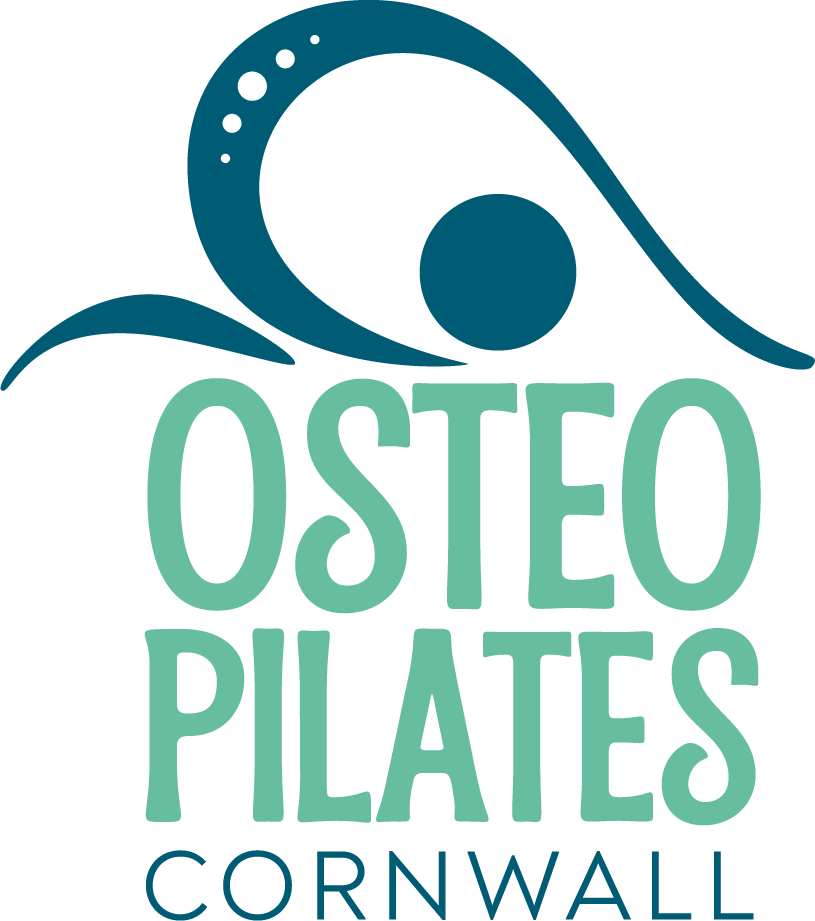“What are you feeling?” - Why do I Ask? - why it matters for your body and mind
If you’ve ever worked with me as your Osteopath, Pilates Teacher, or within an Exercise Rehabilitation session, you’ve probably noticed I ask a lot of questions:
“Where are you feeling that?”
“How does that movement feel today?”
“Can you sense which muscles are working?”
I promise, I’m not being nosy – there’s a good reason. In fact, there are several. My role isn’t just to guide your movements but to help you recover from injury, improve strength, learn about your body, and restore balance in a way that’s tailored to you.
Switching on the Mind–Body Connection in Pilates and Rehab
When you pay attention to how a movement feels, you’re strengthening the link between your brain and your body – something we call the mind–body connection.
During Exercise, such as Pilates, mind-body connection helps activate the intended muscles at the right time, making movements more efficient and effective.
Research shows that consciously thinking about a muscle while exercising can increase how much it’s recruited (Meier et al., 2020).
How the Nervous System Supports Injury Recovery
Movement is more than muscles – it’s about communication between your brain, nerves, and body. By tuning into sensations during exercise, you’re stimulating the nervous system, helping it send clearer, stronger signals to your muscles. This is particularly important during injury recovery and retraining, where we’re reactivating patterns of movement that may require attention (Gandevia, 2001).
Improving Body Awareness for Better Movement and Injury Prevention
Most of us spend the day on autopilot, barely noticing how we move until perhaps we have an injury or pain. Asking you to check in with sensations improves proprioception – your ability to sense where your body is in space. Better proprioception supports injury prevention, balance, and confident movement (Han et al., 2015).
Promoting a Positive Relationship with Your Body
This approach isn’t just about mechanics.
When we focus on what the body can do, rather than how it looks, we start to build a more positive, appreciative relationship with it.
This can improve confidence, motivation, and overall wellbeing (Tylka & Wood-Barcalow, 2015).
What to Notice in Your Next Pilates or Exercise Rehab Session
When I ask how something feels, pause for a second:
Notice which muscles are working
Sense whether the movement is smooth or shaky
Check if you’re holding unnecessary tension
Your answers aren’t “right” or “wrong” – they’re valuable clues we can use together to help you move better, recover faster, and feel more at home in your body. Whether you’re attending a Pilates class, a rehab session, or an osteopathy appointment, this awareness makes a real difference.
References
Gandevia SC. (2001). Spinal and supraspinal factors in human muscle fatigue. Physiological Reviews, 81(4), 1725–1789.
Han J, et al. (2015). Proprioception and balance training can improve proprioception and balance in young adults. Journal of Strength and Conditioning Research, 29(8), 2265–2270.
Meier JD, et al. (2020). Motor cortex involvement in motor learning and execution. Journal of Neurophysiology, 123(5), 1715–1726.
Tylka TL, Wood-Barcalow NL. (2015). What is and what is not positive body image? Conceptual foundations and construct definition. Body Image, 14, 118–129.
